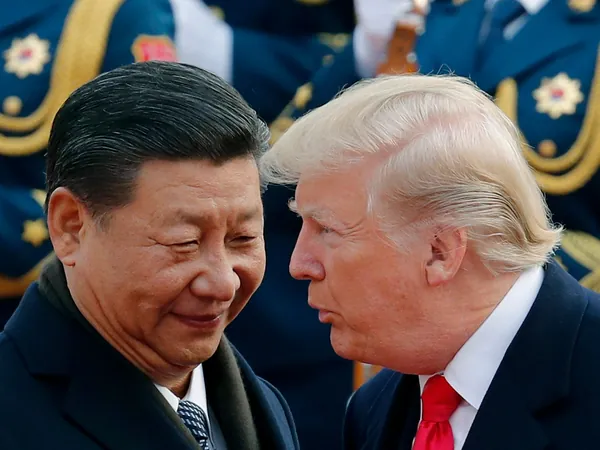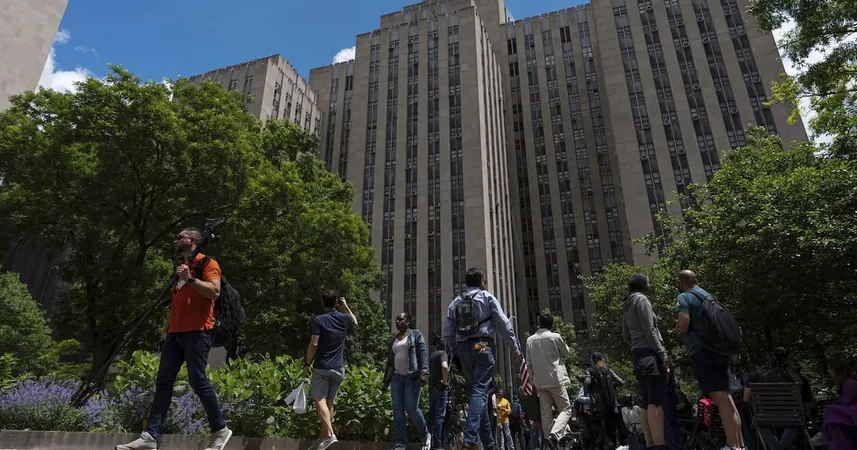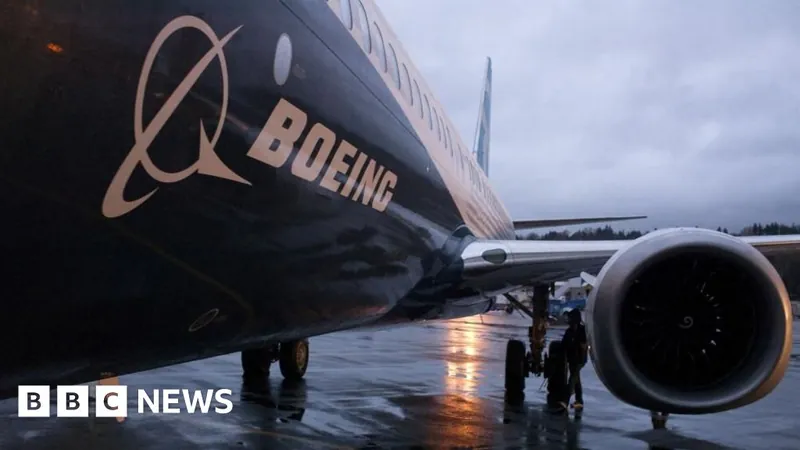
Did the US Blink First in the China Tariff Showdown?
2025-05-14
Author: William
A Surprising Truce in the Tariff War
On Monday, the United States and China shocked analysts with a surprise agreement to slash tariffs for 90 days, easing what has been a brewing trade war. Both nations previously insisted they could endure a prolonged battle, but this unexpected truce suggests a rapid escalation of tensions was more than either side could handle.
The Rise of Tariffs
Following President Donald Trump's aggressive stance on April 2, where he announced sweeping tariffs, a tit-for-tat tariff exchange spiraled quickly. By mid-April, tariffs on Chinese goods entering the U.S. soared to a staggering 145%, while U.S. products faced a 125% tariff in China.
Crucial Conversations in Geneva
Just before the agreement, Treasury Secretary Scott Bessent and China’s Vice Premier He Lifeng sat down for intense negotiations in Geneva. Their efforts culminated in a joint statement recognizing the importance of a stable and mutually beneficial trade relationship. Both sides also committed to a mechanism for ongoing discussions regarding trade.
Did One Side Give In?
However, the big question looms: did the U.S. or China back down first? Analysts speculate that the unexpected speed of the agreement indicates a significant level of pain inflicted by the tariffs on both economies.
Terms of the Tariff Pause
Tariffs will be reduced significantly: U.S. duties on Chinese goods will drop to 30%, while China's tariffs on U.S. products fall to 10%. However, Bessent warned that while tariffs may not dip below 10%, the current level of household goods prices and inflation suggested that both countries were feeling the pinch.
Mismanaged Expectations?
Piergiuseppe Fortunato, an economics professor, believes the U.S. made more concessions. He pointed out that China seems to be in a more advantageous position as its export numbers remained strong despite the tariffs. For reference, China's exports saw an 8.2% increase recently.
What Lies Ahead?
As trade tensions remain high, the path to a detailed agreement may be lengthy. Past negotiations show that the U.S. has a history of pulling back from seemingly promising agreements, while tariffs could increase further if the two countries fail to find common ground.
Conclusion: A Temporary Relief?
With both countries facing economic implications of their tariffs, it's clear that the trade war remains a complex battlefield. Although recent negotiations appear to have led to a temporary relief, the question remains whether this truce will hold or if it is merely the calm before the next storm.









 Brasil (PT)
Brasil (PT)
 Canada (EN)
Canada (EN)
 Chile (ES)
Chile (ES)
 Česko (CS)
Česko (CS)
 대한민국 (KO)
대한민국 (KO)
 España (ES)
España (ES)
 France (FR)
France (FR)
 Hong Kong (EN)
Hong Kong (EN)
 Italia (IT)
Italia (IT)
 日本 (JA)
日本 (JA)
 Magyarország (HU)
Magyarország (HU)
 Norge (NO)
Norge (NO)
 Polska (PL)
Polska (PL)
 Schweiz (DE)
Schweiz (DE)
 Singapore (EN)
Singapore (EN)
 Sverige (SV)
Sverige (SV)
 Suomi (FI)
Suomi (FI)
 Türkiye (TR)
Türkiye (TR)
 الإمارات العربية المتحدة (AR)
الإمارات العربية المتحدة (AR)